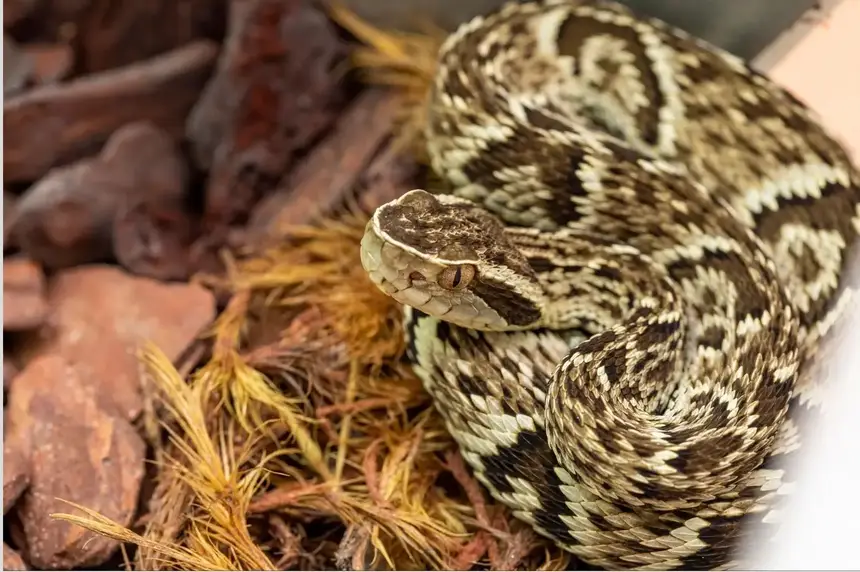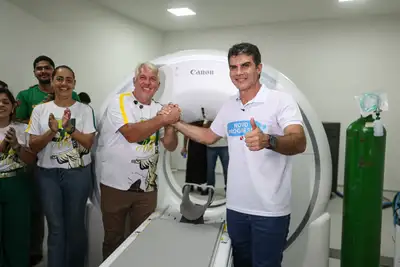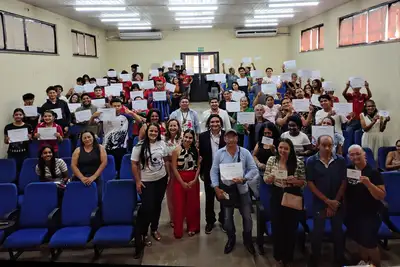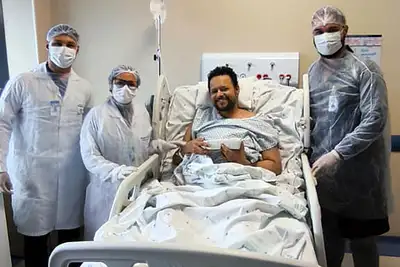Sespa advises on snakebite accidents
Preventive measures involve personal and environmental care

The State Department of Public Health (Sespa) alerts the population about snakebite accidents, which are snake bites, due to the celebration of International Snakebite Awareness Day, celebrated this Friday, September 19.
The symptoms of a snake bite can vary depending on the type of snake involved, but generally include intense pain, swelling (edema), purplish spots (bruising), bleeding, and in more severe cases, the appearance of blisters at the bite site. Systemic symptoms include nausea, vomiting, excessive sweating, headache (cephalalgia), general malaise, and in more critical cases, respiratory difficulties and shock. The lack of quick and adequate treatment can result in serious complications and even risk of death.
The state coordinator of Zoonoses, Elke Abreu, emphasizes that prevention is essential and involves both personal and environmental care. Among the main preventive measures are the use of closed shoes, gloves, and gaiters during rural and gardening activities, as well as careful inspection of shoes, personal clothing, bed linens, and towels before using them.

Elke also recommends keeping beds away from walls, avoiding the accumulation of debris and construction materials, and sealing gaps in walls, floors, and baseboards, as well as using screens and seals on doors, windows, and drains.
Additionally, it is essential to keep the surroundings of residences clean and organized, such as gardens, backyards, barns, and sheds, and to avoid climbing plants and banana trees near houses. It is also recommended to mow the lawn regularly and clean vacant lots, especially in areas close to fences and walls (at least one to two meters).
“Snake victims should be treated with specific antivenom. Quick and accurate treatment is essential to reduce health damage,” explained Elke Abreu.
Sespa also advises that in case of a snakebite accident, the main care units in the State include Emergency Rooms, Regional Hospitals, Municipal Hospitals, and some Urgent Care Units (UPAs). If a bite occurs, the recommendation is to wash the wound immediately with soap and water and seek immediate medical attention, not to attempt home treatment of the wound, and whenever possible, to identify the snake to facilitate diagnosis and correct treatment.
Between January and August 2025, Pará recorded 3,012 accidents involving snakes, according to Sespa.
Attention to types of snakes
The most common snakes in Pará, responsible for the majority of snakebite accidents, are jararacas, rattlesnakes, and coral snakes, with more than 90% of accidents caused by jararacas. Sespa advises that when encountering a snake, the population should not attempt to capture or kill it, as this increases the risk of bites. It is recommended to call specialized professionals for the proper handling of these animals.
Sespa reinforces that although snakes play an important ecological role, snakebite accidents are concerning, especially in rural and peripheral areas, where deforestation and unplanned urbanization can force animals to approach inhabited areas.
Text from Ascom Sespa









